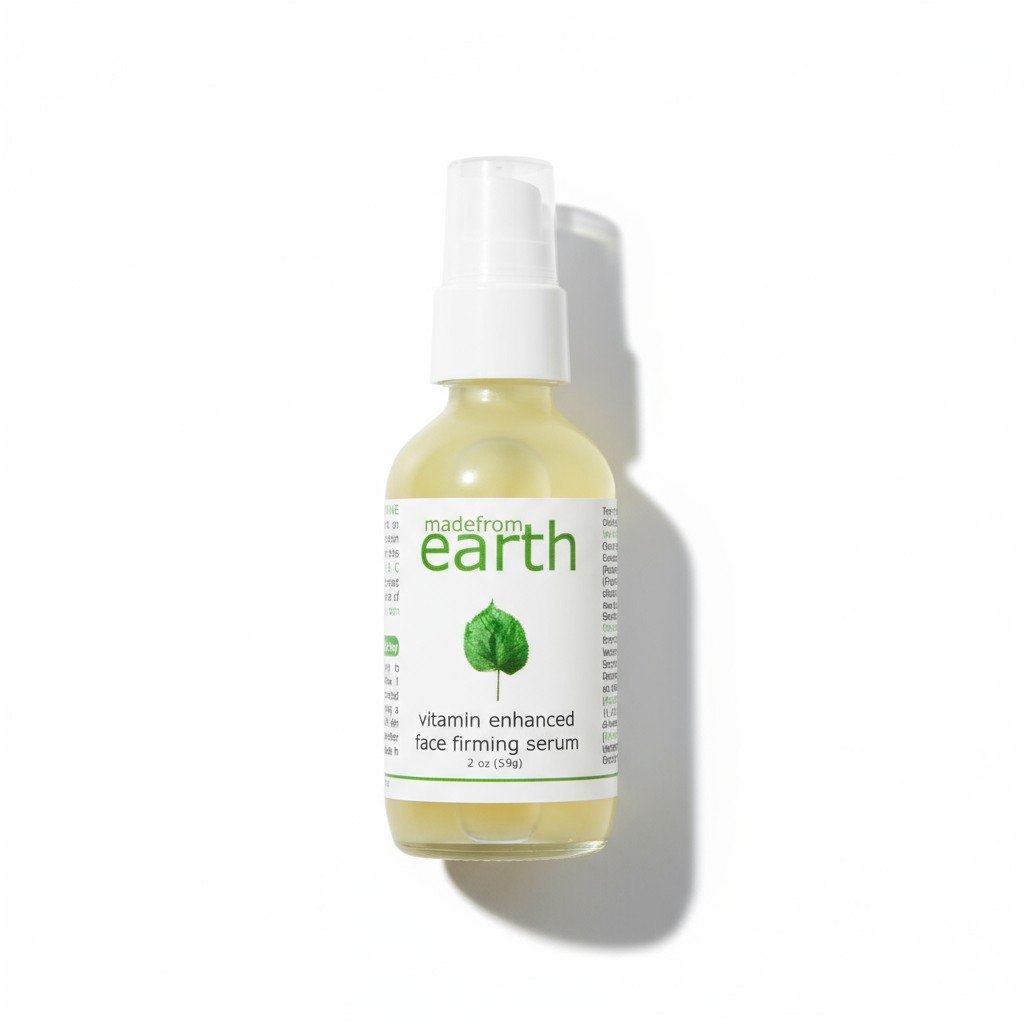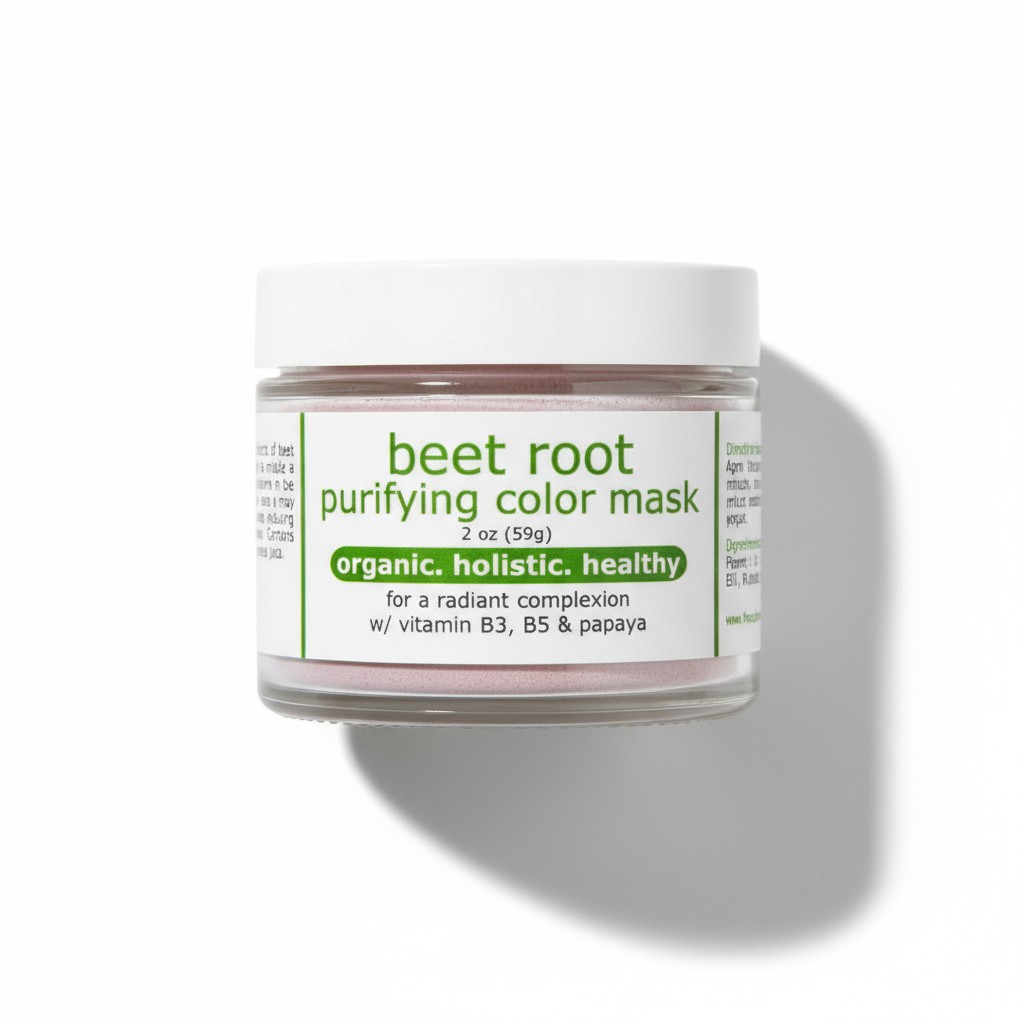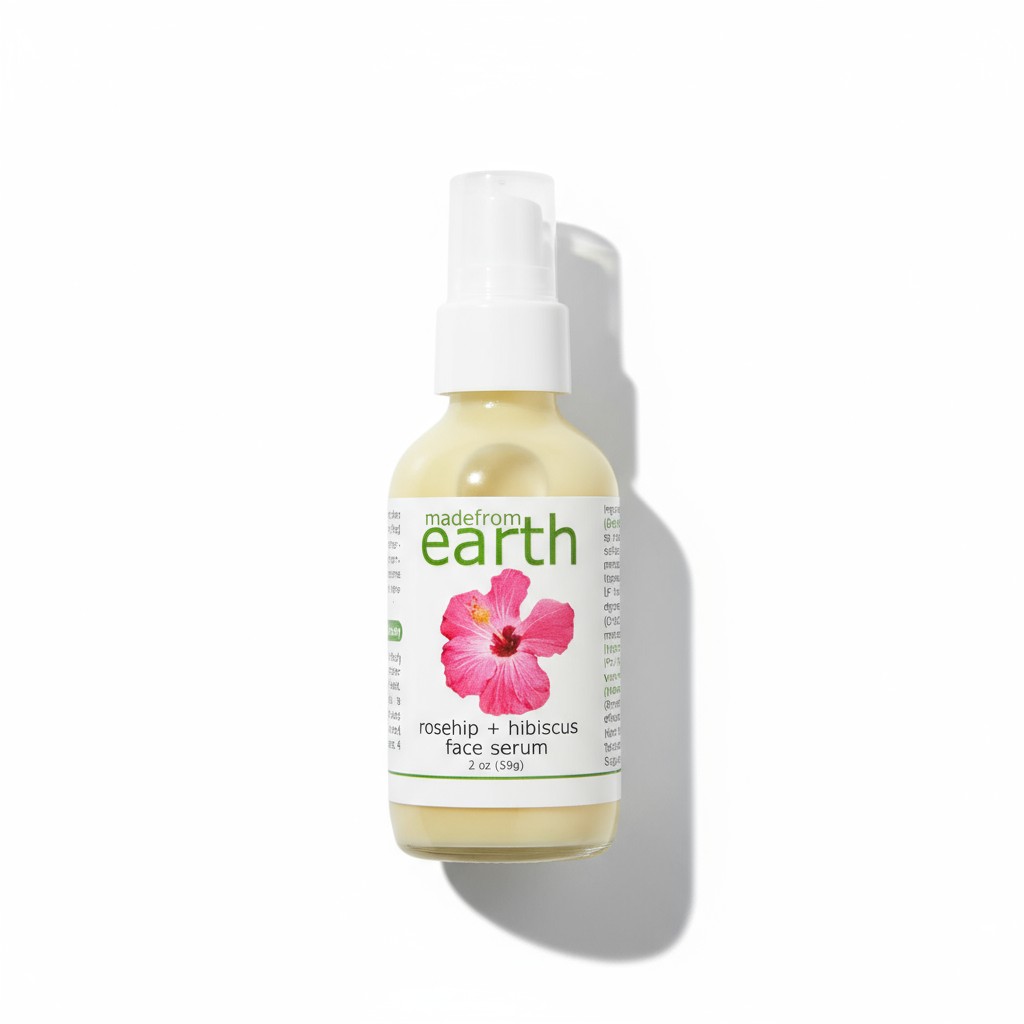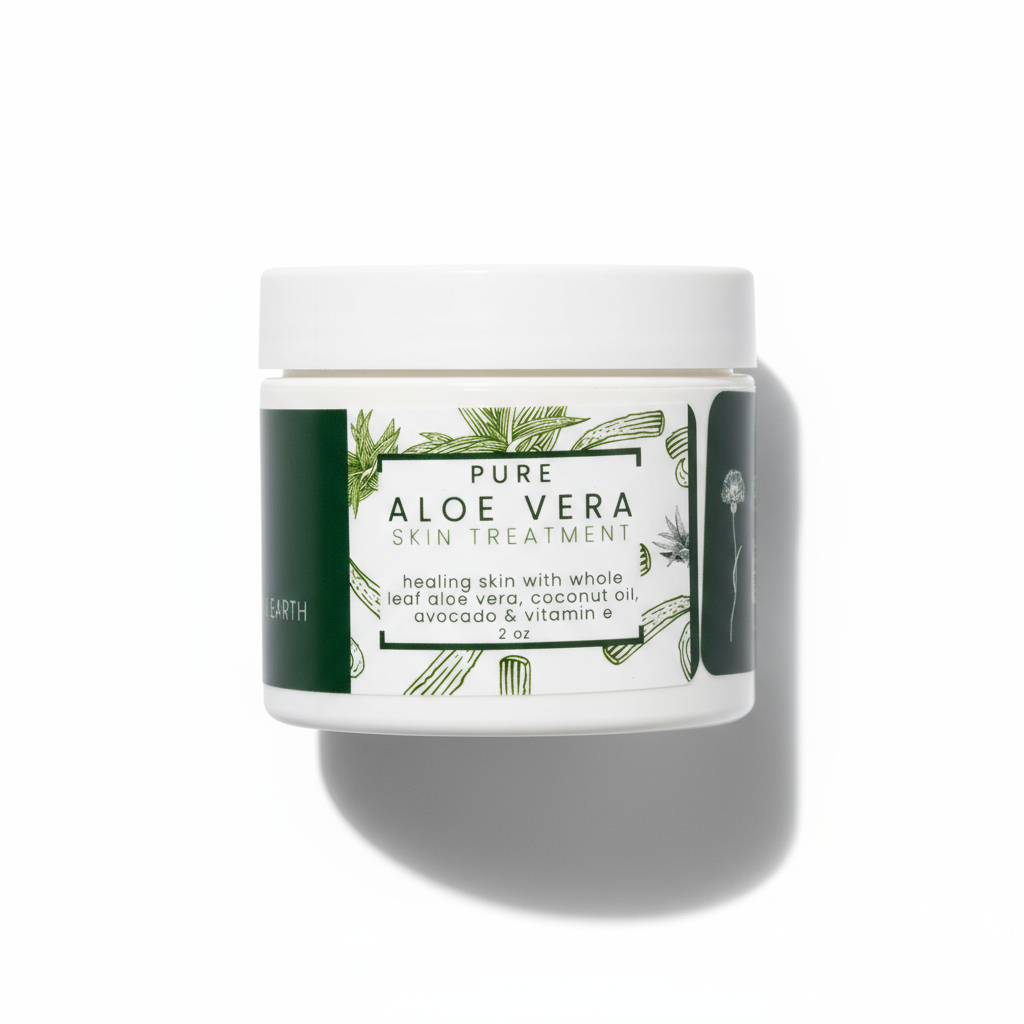Beautiful Plants For Your Interior
COMING SOON – JANUARY 5th, 2026
Something Natural is Rooting.
At Made From Earth, we believe that true luxury is found in the details—from the purity of our ingredients to the precision with which they arrive at your door. To honor our commitment to your experience, we have spent the last several weeks performing a total evolution of our digital and logistical infrastructure. This intentional pause has allowed us to refine our operations and perfect our newest botanical innovations.
The Winter Collection & Formulations:
- Aloe & Jojoba Therapy (The 2026 Refinement): We have elevated this iconic formula by sourcing a more potent, biologically active Aloe extract, offering deeper hydration and a silkier, more luxurious finish.
- The French Rose Clay Mask: A sophisticated new ritual for a luminous, refined complexion.
- The Carrot Concentrate Serum Milestone: Your incredible loyalty to our #1 serum has allowed us to reach a new scale of production. To celebrate this success, we are doubling the value of our signature serum. Our new 2 oz Grand Edition is now available at the original 1 oz price point, while our 1 oz classic has moved to a permanent, more accessible price.
A Bespoke Logistics Experience:
To ensure uncompromising quality, these enhanced shipping services are being rolled out area-by-area, ensuring a flawless experience as we reach your neighborhood.
Thank you for your loyalty. We look forward to welcoming you to a superior shopping experience on January 5th.



